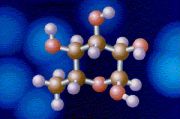TASK 4
ABSORPTION OF INDOOR POLLUTANTS BY PLANTS
Description of certain indoor plants
Common house plants, such as the Boston fern, English ivy and Spider plant, can remove pollutants from the homes. So, they are inexpensive, ecollogically sound, aesthetically pleasing ways to filter toxins especially in winter when we are likely to spend most of our time closed up indoors with the windows shut.
Some plants are especially good at filtering one or several pollutants. We are going to have a look at five common indoor plants and their characteristics (the rates at which the plants clean the air will vary depending on the size of the plant, the temperature, how polluted the air is, etc...).
1) Boston Fern
It is a hanging perennial plant. It removes mainly the formaldehyde at a rate of 1863 μg/h. But it also removes xylene at a lower rate (208 μg/h). It is recommended to place the plant in rooms where there is new furniture or carpeting. And concerning its price : it costs $10 to $25 for an 8 to 10-inch hanging plant. It is easy to grow in medium to bright light.
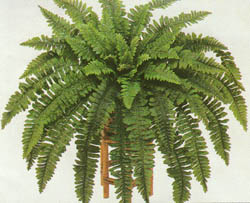
2) English Ivy
This plant is also a hanging perennial plant. It removes about 90% of benzene from a sealed chamber. It can also removes formaldehyde at a rate of 1120μg/h and xylene at a rate of 131μg/h. So, this plant should be placed in a room freshly painted or carpeted, but also in a room that contain plastic equipment or furnishings such as computers, printers or fax machines. A 5-inch potted plant costs from $5 to $30. It is easy to grow in bright light.
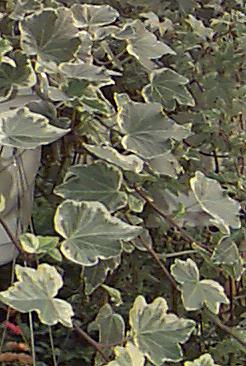
3) Areca Palm
This is an upright perennial plant. The main pollutant removed by this plant is the formaldehyde at a rate of 938μg/h. Xylene is also removed at a rate of 654 μg/h. Areca palms can be used effectively in any room, but they are specially useful in rooms containing carpets or freshly varnished furniture. It costs between $20 and $50 for a 10-inch plotted Areca palm. These plants need sun to grow well. They need year-round warmth, ample humidity and filtered sunlight.
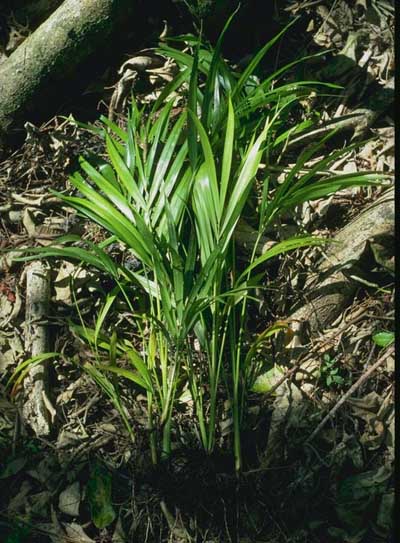
4) Spider Plant
The spider plant is a famous trailing perennial plant. It can removed over 96% of carbon monoxide. Xylene is also removed at a rate of 268 μg/h and formaldehyde is removed at a rate of 560 μg/h by the plant. These plants are useful in kitchens with gas stoves (sources of CO as we have seen in the last task) or in rooms with fireplaces. Their price is about $10 to $15 for a 10-inch hanging spider plant. They are easy to grow in bright to medium light.

5) Janet Craig dracaena
It is an upright perennial plant. It can removed mainly the formaldehyde at a rate of 1361 μg/h but also xylene at a rate of 154 μg/h. It should be placed in newly carpeted or newly furnished rooms. The plant costs between $15 and $50 (for an 8 to 10-inch potted plant). This plant needs bright to medium light.
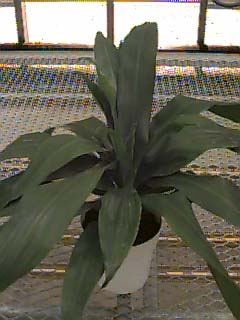
You can send comments : aub@niras.dk
Started by NIRAS supervisor Sergio Fox on 27th March 2006.
© COPYRIGHT 2001 ALL RIGHTS RESERVED Aurelie.dk | 



